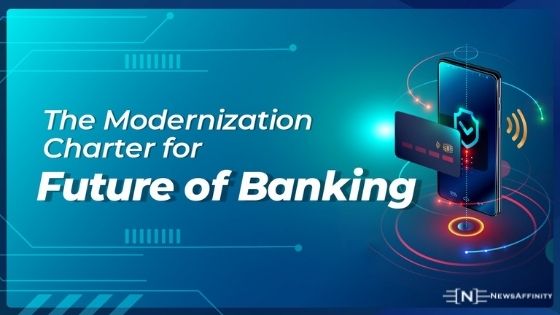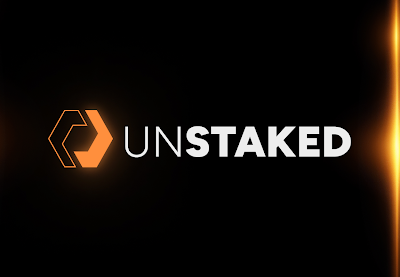Across all industries, banking is one of the most advance sectors when it concerns technology adoption. Net banking started as early as year 2000 and by 2002 most major international banks started offering online banking services in some form. Clearly their digital transformation has undergone two strong decades of technological advancements. For BFSIs, the transformation meant enabling SAVE-BORROW-PAY digitally. BFSIs were amongst the early adopters to consider cloud and build their strategy to a selective shift to cloud. In recent years, we have seen many international banks and FSIs move their system of engagements to cloud. However, with the complexity of regulations and compliances, operating outside a controlled perimeter, especially public cloud, has been challenging.
No wonder – as per a survey, 91% of financial institutions are actively using cloud services today (or plan to in the next nine months), only 9% of mission-critical regulated banking workloads have shifted to a public cloud environment.
But, there has been consequences as well, outages due to overloads, vulnerable security postures in a hybrid environment, open to threats and the complexity of managing compliance as the storage and protection of data and challenges on integrating data sources, both internally and externally, have led to serious regulatory penalties costing loss of business and reputation. This is perhaps why BFSIs are looking to renew the system-of-records and system-of-engagements, hosting them on a more secure, reliable, and performant environment that can scale to support the dynamic nature of digital banking. All these, while keeping the compliance and adherence to mandatory regulations in place.
While the move to cloud now can be much easier to contemplate for banks, it’s easier said than done as two decades of IT, especially the system of records and traditional operating models at the backend are starved for modernization but cannot really be lifted and shifted.
The industry has evolved dramatically. Open banking ecosystem is a key enabler for banks to streamline their digital business strategies. Banks are maturing their data monetization and aggregation models, that allows the banking ecosystem players as FSI, suppliers and service aggregators to securely leverage banks data and services.
However, while we are talking about open banking ecosystem on one hand, there is still the need and emphasis on how the data and transactions need to be protected and stored locally, under multiple government and industry regulations.
Besides, banks have monolithic large applications. On the other hand, the only way for banks to create competitive operations and differentiated digital offerings is through employing new technologies like AI/ML and Blockchain, that will in all possibility be cloud native. BFSI will find it hard to get the traditional and new systems working together in tandem. Applications modernization perhaps will be a balancing act with migration of aging, complex applications to cloud leveraging containers for DevOps and CI/CD practices.
As per an BFSI IT Delivery Manager, assurance on the back of application uptime and performance is critical and key to deliver on IT promises. And not always do the traditional workloads show the agility to respond to demands and peak loads. This is where a cloud-based high availability zones can drive the IT assurance and agility promise.
This really is the story of digitally mature banks, whereas across the digital divide are the smaller, Co-operative banks. In India, millions of customers rely on UCBs (Urban Cooperative Banks) and these banks are yet to evolve in terms of digital modernization.
The need is about identifying and operationalizing the right cloud strategy that can deliver – assurance, agility, and resiliency. A cloud strategy that enables cohesive digital estate that is secure and compliant and keeps the current IT investments safe while ensuring the platform to continuously innovate to offer new digital offerings.
—
Sridhar S
Vice President and Head, IZO Cloud Platform and Managed Security Services
Tata Communications

















Comments